Panasonic has been entertaining in your home for a long time already, but now they want to be your home’s source of electricity – 24 hours a day. pv magazine USA met with the company at their booth while at Solar Power International in Utah to learn about their new energy storage offerings, and get an update on their solar module work.
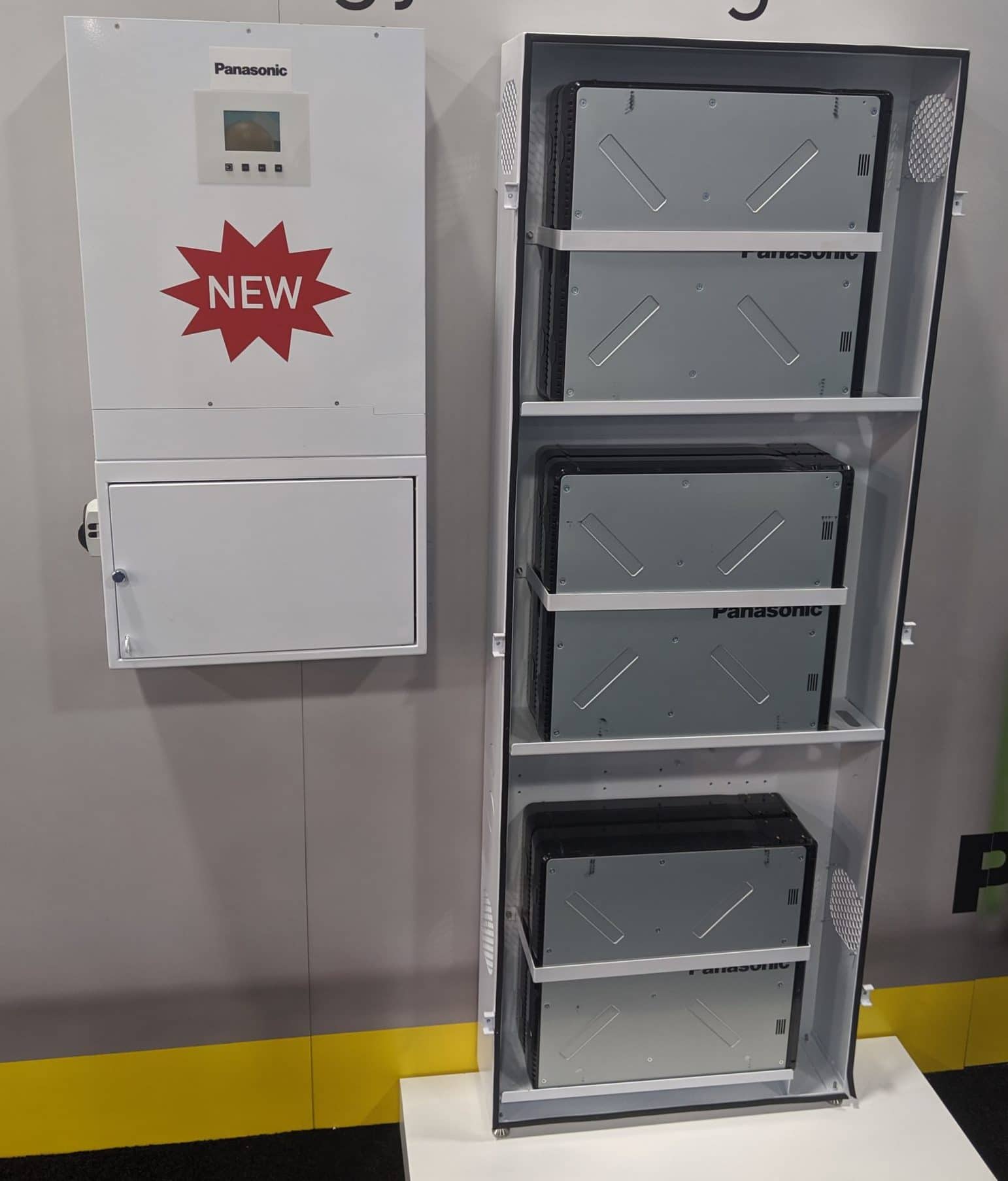
The above image, and this article’s featured image, is of Panasonic’s new EverVolt residential home energy storage offering. The hardware comes in two flavors – AC coupled and DC coupled – each coupled with one, two or three 5.7 kWh units (which are actually made of two 2.85 kW units) allowing for a total of just over 17 kWh of energy capacity per unit. The energy storage inverter can easily be coupled with a second unit, bringing the total to 34 kWh – which is just larger than the average US household’s daily electricity usage of ~30 kWh. As well, if you really want to stack it – three inverters can be coupled to bring you over 100 kWh. Add in some solar modules, and you can comfortably live indefinitely without a power grid.
The company chose to design the hardware with with smaller pieces specifically for the residential market, as the units can be carried and installed by a single installer. The battery packages weigh approximately 50 pounds each, and the case holding them weighs 60 pounds.
The company also has an app, image from SPI show below, that allows you to understand what’s going on with your solar electricity generation, and the available energy in your storage solution.
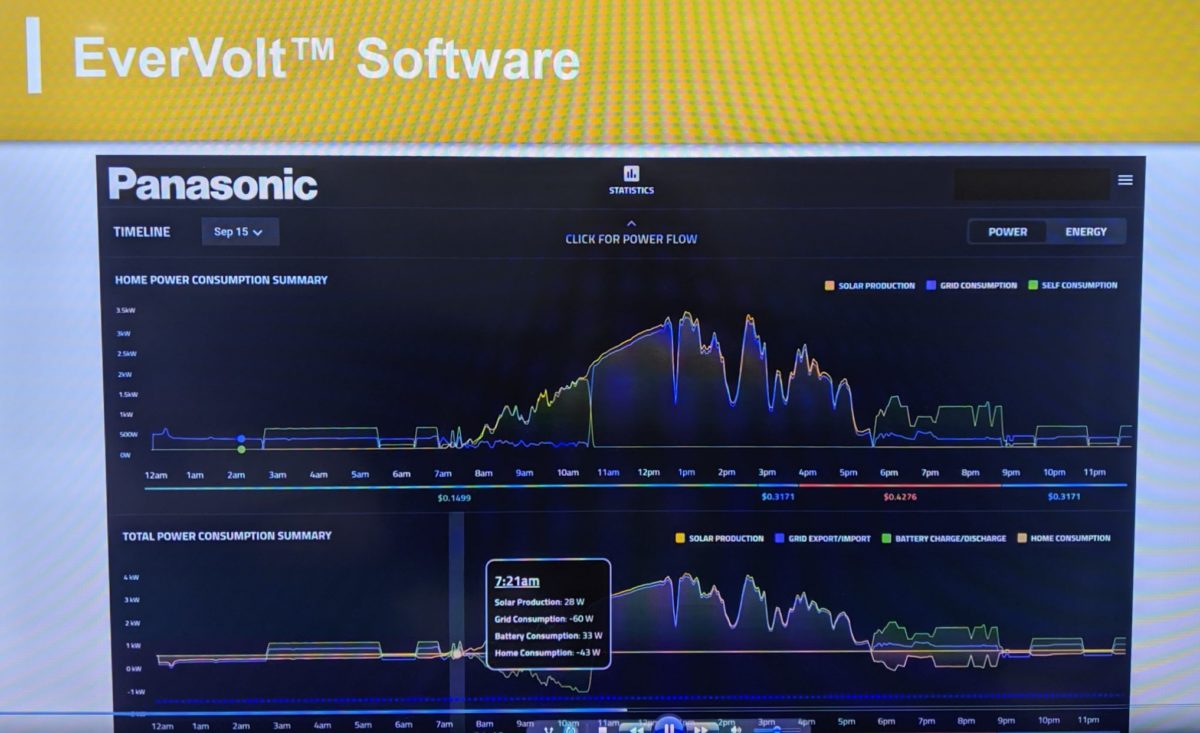
With the hardware having both an AC and a DC coupled mode, you can upgrade your current solar system and existing inverter, or start fresh with a new system that is a bit more efficiency and DC coupled. Anyone using SolarEdge or Enphase will have to use the AC coupled version of the unit.
Panasonic makes the battery cells, in fact, they’re among the world’s largest manufacturers of energy storage with 23 GWh of factory capacity. They have a very close relationship with Tesla, being the technology underpinning the Nevada Gigafactory. The company also manufacturers solar modules in Tesla’s Buffalo factory.
And speaking of their solar modules, the company makes some of the highest quality products, the heterojunction with intrinsic thin layer (HIT) solar module that was doing bifaciality and heterojunction long before it was cool, available on the market. Currently available products range from 325 up to 340 watts, as well, come in AC-module versions that have Enphase inverters installed to the back of them in the factory.
What was really interesting to see at the show was some of their future products (below image) in the pipeline. The company sees a back contact 66 cell 410 W / 60 cell 375 W module that will touch 22% efficiency. Coupled with the industries lowest temperature coefficient (production loss as temperatures increase), it’ll be another quality component to consider.
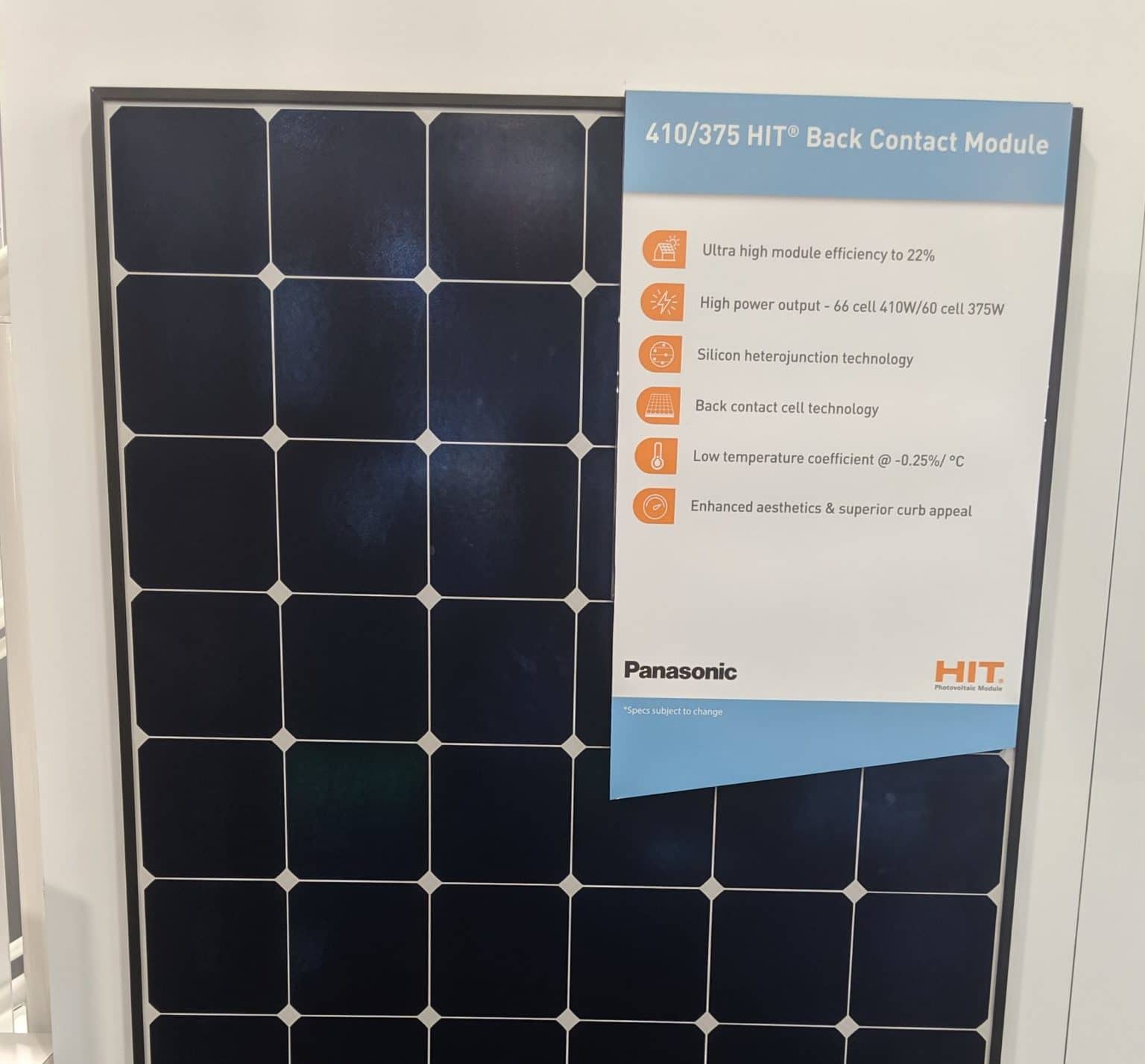
This content is protected by copyright and may not be reused. If you want to cooperate with us and would like to reuse some of our content, please contact: editors@pv-magazine.com.
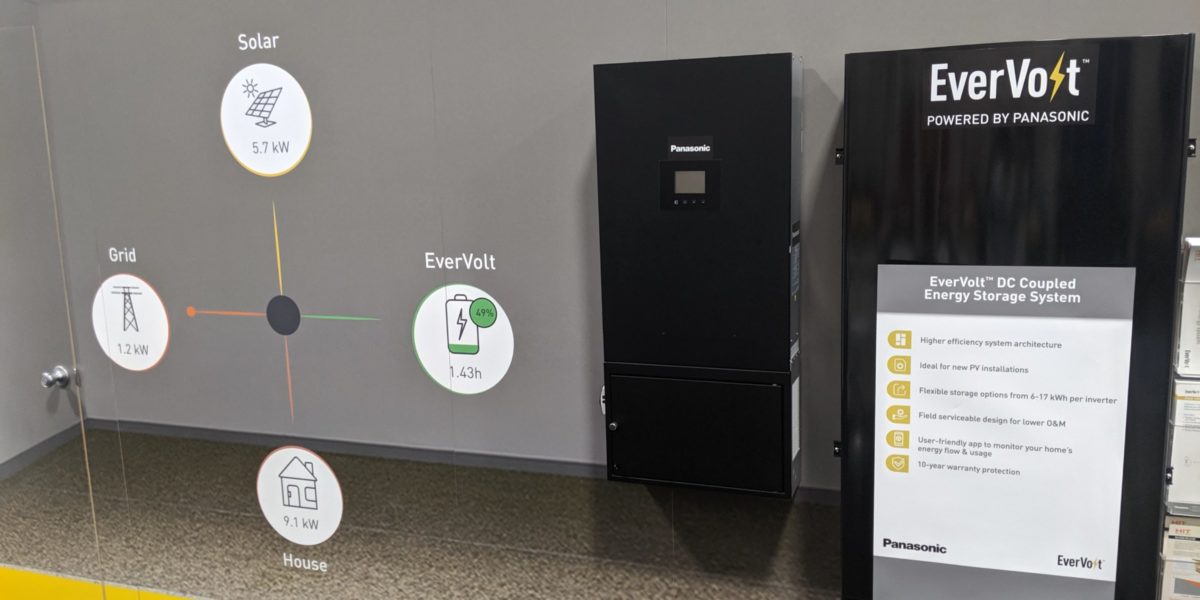
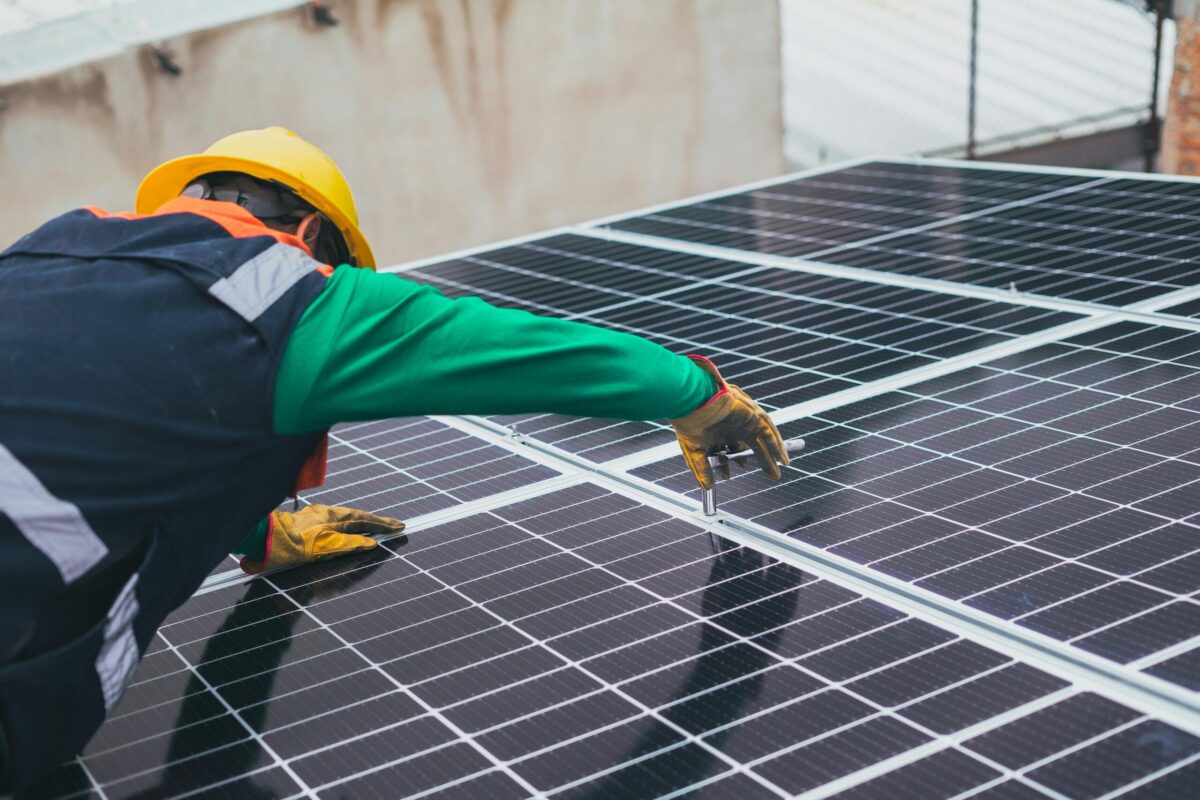






Price? Hopefully with more people making batteries the cost will come down..
Glad to see more storage efforts for residential. My 32 panels provide more than I need. That’s even with two a/c units. I wish our power company would provide these kind of units for homes. When we have a typhoon and lose power folks are worried about their refrigerator and food spoilage. Guam has very warm temperatures (86 deg F) Our power company now has some solar and storage for the grid. About 2,000 homes now have solar. Thanks Panasonic.
It would be great if they could make these pv cells and storage units at a price that don’t break the bank. These coupled could power my RV and/or a tiny house easy.
CUAL SON LOS PRECIOS ?
👍🏻😎 Efforts toward balancing out and extending the life of our precious resources; including the air we breath … can that be wrong?
If we were to be honest with ourselves, no one wants to give up the conveniences we’ve all come to appreciate and enjoy. However, often anytime when new solutions or ideas are presented most are slow to embrace them and honestly, I think anyway, due to past disasters such as that of Love Canal, 3 Mile Island, Chernobyl and the like. The lesson here is not to repeat the past and learn how to get past thinking we can’t or haven’t learned from it.
Finally(?) people are excited and optimistic about having this arsenal of knowledge in a way that we might marry our experiences with ingenuity without losing, but gaining in it’s benefits towards a healthier planet and thus for ourselves and future generations to come. It’s the we can do spirit I love and have come to appreciate in our humankind.
Go We!!